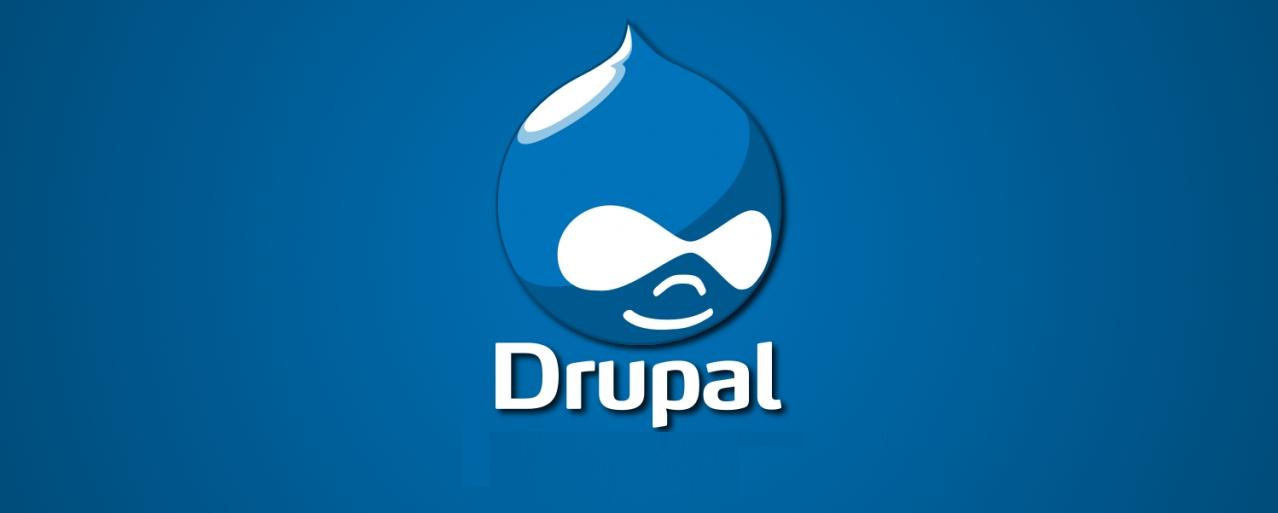As a programmer, you’re likely used to working either as an employee or an independent contractor (which is basically an employee on temporary hire). However, there’s another option that gives you the same flexibility as an independent contractor, with even more benefits: starting your own business, possibly with more employees working under you.
But what would the process of starting a programming business look like, and is it worth the effort?
Steps to Starting a Business
The process of starting a business isn’t as intensive as you might think, and if you’re already well versed in the art of programming, it should be highly approachable.
Get your personal finances in order. Before you can start a business, you’ll need to get your personal finances in order. If you’re going to get a small business loan or fund the business yourself, you’ll need to be in good credit standing, with plenty of savings to cover your needs. Since your revenue may be inconsistent at first, good personal finances are necessary to stabilize your income. If you have debt, it may be a good idea to consolidate those debts and lower your monthly payments. Otherwise, work on building your emergency savings and make sure you have a budget in place.
Sketch out a business plan. Next, you’ll want to sketch out a business plan. You’ll likely be doing much of the same work you’re doing now, but you need to formalize your plan for building the business. Declare a niche for yourself, and research your demographics so you can claim the most appropriate target market. Then, research your competition and find an angle that will differentiate your business from those of your competitors. You’ll also want to create a financial model for the first few years of your operation; what will your monthly expenses be? How much revenue do you anticipate collecting?
Register your business name and build a website. Once you have your business plan in place, you’ll need to decide how to structure the business (LLCs are a popular option if you plan to hire multiple employees but keep the business relatively small), and register your business’s name in the state you plan on doing business. Once your name is registered, buy an appropriate domain name and build a website where your prospective customers can find you and get answers to their most common questions.
Invest in infrastructure. With your website in place, you can start to make the ideas you made in your business plan a reality. Rely on your personal capital, capital you’ve raised from friends and family, or money from small business loans to invest in your infrastructure. Depending on your goals and your vision, that might include investing in office space, buying new furniture and machines, or even investing in advertising to start an inbound flow of leads.
Start hiring. After that, you can start hiring talent. You may be tempted to recruit people to round out your team as quickly as possible, but it’s better to hire one at a time as your needs grow. Since you’re a startup, you likely won’t be able to afford the best talent in the industry, but you can make up for your lack of cash offerings with perks, such as the culture of your business. Make sure you have at least one financial expert on your team, and someone dedicated to attracting clients through sales, marketing, or both.
Advantages of Business Ownership
Why would you want to start a business rather than doing things on your own or a part of someone else’s?
Revenue potential. With an entire business under your control, you’ll have bigger potential revenue streams. In the early stages of your business, you’ll likely make less, but there’s no limit to how big your business can grow.
Decision making power. As a business leader, you’ll have more control over how your business develops. You can pick and choose which clients you keep, who you hire, and what projects you tackle or delegate.
Access to more talent and capabilities. Having a round staff means you’ll have access to a bigger pool of talent and capabilities. That gives you access to more potential projects, and therefore, more paying clients.
Less volatility. Though the early days will be highly volatile, eventually your business will stabilize. You’ll be able to draw a steady paycheck, and you’ll have systems in place to protect against sudden changes in demand or availability.
Starting a business isn’t for everybody, but to the entrepreneurial spirits out there, the process of building and running a business is its own reward. After reading this article, you should have a good feel for whether it’s in your best interest to start a business or not—and you’ll know the steps to get there if it is.


